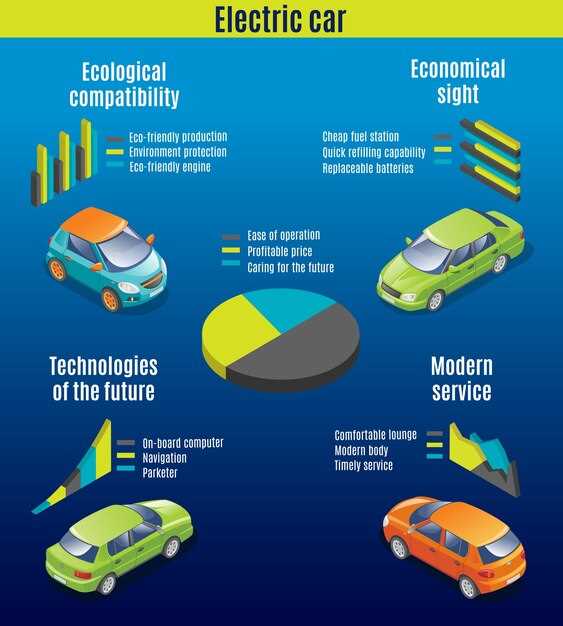
2025 compact cars comparison guide

As the automotive market continues to evolve, compact cars remain a popular choice for drivers seeking efficiency, style, and functionality. In 2025, the competition among compact car models has intensified, offering consumers an array of options that cater to diverse preferences and budgets. This guide serves as a comprehensive comparison of the latest compact car models, providing valuable insights for smart buyers looking to make informed decisions.
In this guide, we will delve into key aspects such as performance, fuel efficiency, safety features, and technology integration across various compact car models. Our goal is to equip potential buyers with the essential information needed to identify the vehicle that best aligns with their specific needs and lifestyle. With an increased focus on sustainability and innovation, compact cars in 2025 are not just about saving space; they also promise enhanced driving experiences.
Whether you are a first-time buyer or looking to upgrade your current vehicle, understanding the nuances of the compact car segment is crucial. From sleek aesthetics to adaptable interiors, the latest models are designed to meet the demands of urban living without compromising on comfort or performance. Join us as we explore the exciting options available in the compact car market and uncover the best choices for smart buyers in 2025.
Top 5 Compact Cars: Performance and Fuel Economy Ratings

When considering a compact car, performance and fuel economy are critical factors for smart buyers. The following are the top five compact cars for 2025, evaluated on their ratings in these essential categories.
-
Honda Civic
- Performance: The Civic offers a responsive turbocharged engine with 0-60 mph in just 6.8 seconds.
- Fuel Economy: Achieves up to 36 mpg combined, making it an excellent choice for efficiency.
-
Toyota Corolla
- Performance: Known for its smooth ride, with a reliable 169-horsepower engine.
- Fuel Economy: Delivers up to 33 mpg combined, perfect for urban driving.
-
Hyundai Elantra
- Performance: Features a powerful option that can reach 60 mph in around 6.5 seconds.
- Fuel Economy: Rated at 37 mpg combined, providing exceptional value for daily commuters.
-
Mazda3
- Performance: Offers engaging handling and a peppy engine, achieving 0-60 mph in about 6.3 seconds.
- Fuel Economy: Up to 31 mpg combined, ensuring a balance between fun and efficiency.
-
Subaru Impreza
- Performance: Equipped with standard all-wheel drive, delivering strong traction and handling.
- Fuel Economy: Achieves up to 30 mpg combined, suitable for various driving conditions.
These vehicles stand out in the compact category, showcasing impressive performance alongside commendable fuel economy. For smart buyers in 2025, the compact car segment offers excellent choices that balance thrill and efficiency.
Safety Features in 2025 Compact Models: What to Look For
As the automotive industry continues to advance, safety features in compact cars are becoming increasingly sophisticated. When selecting a model in this segment for 2025, buyers should prioritize specific safety technologies to ensure optimal protection for themselves and their passengers.
First and foremost, look for vehicles equipped with Advanced Driver Assistance Systems (ADAS). These systems typically include features such as Adaptive Cruise Control, Lane Keeping Assist, and Automatic Emergency Braking. ADAS technologies help prevent accidents by enhancing driver awareness and providing assistance in critical situations.
Another essential component is the presence of multiple airbags throughout the cabin. A compact car should ideally have front, side, and curtain airbags to provide comprehensive protection in the event of a collision. Additionally, the incorporation of pedestrian detection systems can further enhance safety by minimizing the risk of accidents involving vulnerable road users.
Stability control and traction control are also vital safety elements. These systems work to maintain vehicle control during challenging driving conditions, such as slippery roads or sharp turns. Moreover, a strong chassis design can improve crash safety and structural integrity, making it essential to consider the build quality of the model.
Lastly, check the compact model’s crash test ratings from organizations such as the National Highway Traffic Safety Administration (NHTSA) and the Insurance Institute for Highway Safety (IIHS). High ratings in various crash categories can provide confidence in the vehicle’s overall safety performance. These ratings are crucial for making an informed decision when choosing a compact car in 2025.
Pricing and Financing Options for 2025 Compact Cars

As consumers navigate the landscape of 2025 compact cars, understanding pricing and financing options becomes crucial. The average price for a new compact car is expected to range between $20,000 and $30,000, depending on the model and the features offered. Variations in cost can stem from technology packages, safety enhancements, and brand reputation.
When considering different models, it’s essential to assess not only the sticker price but also the long-term ownership costs, including insurance, fuel efficiency, and maintenance. Compact cars are generally known for their fuel economy, which can lead to savings on gasoline over time, further incentivizing buyers to choose these models.
For financing, several options are available. Traditional auto loans typically offer terms ranging from three to seven years, with interest rates influenced by the buyer’s credit score. Many manufacturers also provide special financing deals, including low or zero percent APR for qualified buyers, which can make purchasing a new car more affordable.
Leasing is another popular choice among compact car shoppers, allowing drivers to pay lower monthly payments while enjoying the latest models without long-term commitments. Lease agreements usually last for two to three years and may include options for mileage limits that cater to individual driving habits.
Smart buyers should also explore any available incentives, such as rebates or end-of-year sales, which can significantly reduce out-of-pocket expenses. Investigating multiple dealerships and obtaining quotes can lead to better financing terms as well. Overall, a thorough understanding of pricing and financing options is vital for making informed decisions when selecting a compact car in 2025.